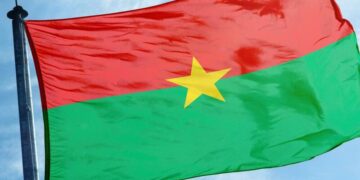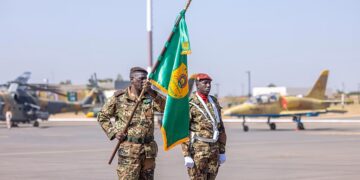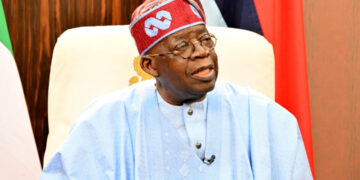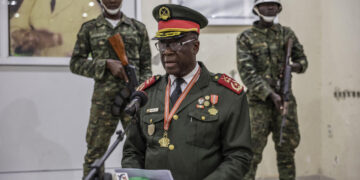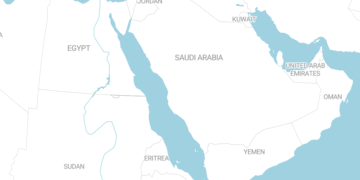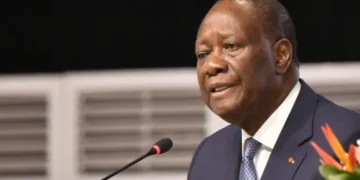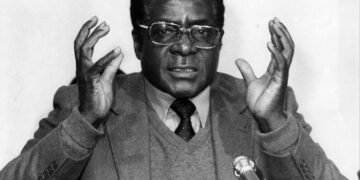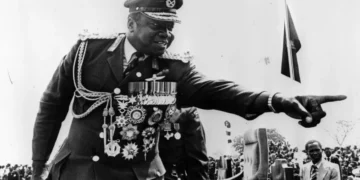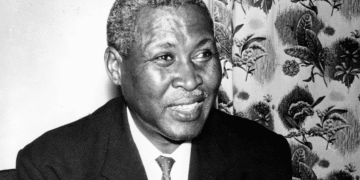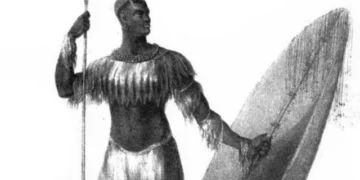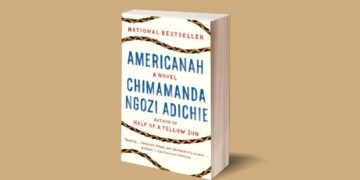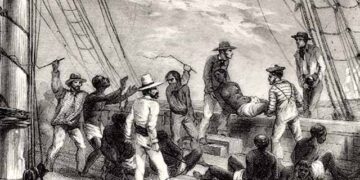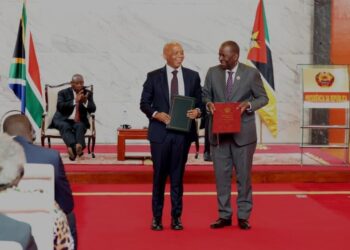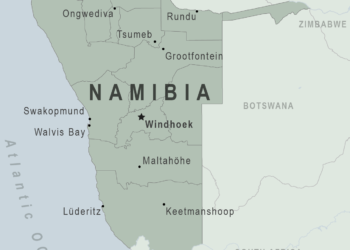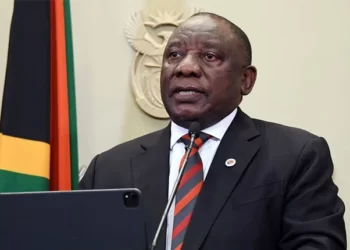Shaka kaSenzangakhona, popularly known as Shaka Zulu, is one of the most influential and controversial figures in South African history. During his relatively short reign, which lasted from around 1816 until his assassination in 1828, he succeeded in transforming a small and obscure Zulu clan into a dominant military force and a sprawling empire. Through radical military and social reforms, Shaka reshaped the political and demographic landscape of the region, unleashing a series of migrations and wars known as the “Mfecane.”
Shaka was born around 1787, the illegitimate son of Senzangakhona kaJama, the chief of the then-small Zulu clan, and Nandi, a princess of the Langeni clan. Due to the circumstances of his birth, Shaka and his mother, Nandi, faced ostracism and humiliation, forcing them to spend their early childhood moving between different kinship groups, often living as outcasts.
These formative years had a profound impact on Shaka’s character. He developed a physical and psychological toughness, a deep sense of exclusion, and a relentless ambition to prove his worth.
Eventually, Shaka and Nandi found safe haven among the Mthethwa clan, the dominant force in the region under the wise leader Dingiswayo. Under Dingiswayo’s patronage, Shaka joined the amabutho—age-based military regiments—and quickly demonstrated exceptional courage and tactical prowess as a soldier. His abilities caught the attention of Dingiswayo, who became his mentor and patron. Shaka was not just a warrior but a keen observer, analyzing the weaknesses of the traditional fighting methods prevalent at the time.
When his father, Senzangakhona, died around 1816, Dingiswayo provided Shaka with military support to return to the Zulu clan, overthrow his half-brother, Segujana, and seize the clan leadership. Once he became Zulu leader, Shaka immediately began implementing a series of radical reforms that changed the face of warfare in southern Africa.
Traditional fighting methods among the Nguni clans were not aimed at annihilation but rather ritualized duels involving spear-throwing (asegai) from a distance, typically resulting in minimal casualties and the withdrawal of one side. Shaka saw this method as ineffective and worked to transform his army into a professional fighting machine aimed at the complete destruction of the enemy.
His main reforms included:
- The Iklwa: Shaka replaced the long, throwable spear with a new, short, broad-bladed spear used for thrusting in close combat. This spear was named “Iklwa” after the sound it made when withdrawn from the victim’s body. This weapon required the warrior to be close to his enemy, turning combat into a brutal and deadly encounter.
- Training and Discipline: Shaka imposed a strict training regimen. He forced his warriors to fight barefoot to harden their feet and increase their speed and maneuverability. The regiments were trained to execute complex maneuvers with absolute precision, and any cowardice or hesitation in battle was punishable by immediate execution.
- Amabutho: While the age-group system existed, Shaka transformed it into a standing army. Young men from across the kingdom were assembled in military barracks (Amakhanda), where they lived, worked, and fought together. This system created absolute loyalty to Shaka and the state, transcending narrow clan loyalties. Warriors were also prohibited from marrying until Shaka authorized them, creating a young and fully motivated fighting force.
- The “Bull Horns” Tactic (Impondo zenkomo): This is Shaka’s most famous tactical innovation. The army was divided into three main parts:
-
- “The Chest” (Isifuba): The main, most experienced force, attacking the enemy head-on.
- “The Horns” (Izimpondo): Two wings of younger, faster warriors, extending on either side of the enemy to encircle them.
- “The Flank”: A reserve of seasoned warriors, sitting with their backs to the battle (to prevent fear or premature enthusiasm) and sent to fill gaps or deliver the decisive blow.
Shaka’s reforms were not merely military but rather state-building tools. After the death of his mentor, Dingiswayo, at the hands of Zwide, the king of the Ndwandwe clan, Shaka became the main independent power. He entered into direct conflict with Zwide, his main rival in the region.
In a series of decisive battles, most notably the Battle of Gqokli Hill and the Battle of Mhlatuze River, Shaka, despite being outnumbered by Zwide’s forces, achieved decisive victories using his new tactics. This victory led to the destruction of the Ndwandwe kingdom and Zwide’s flight.
With his main rival removed, Shaka began a rapid process of expansion and integration. Rebellious chiefs were executed, but the women, children, and young warriors of the defeated clans were directly incorporated into Zulu regiments. They were distributed among existing clans and required to pledge allegiance to Shaka as sole king.
In this way, loyalty was no longer to the local clan but to the “Zulu nation” that Shaka was building. He imposed the Zulu language, customs, and military identity over a vast area of land. The Zulu were transformed from a clan of a few hundred into an empire of hundreds of thousands.
A major turning point was the death of his mother, Nandi, in 1827, to whom he was closely associated. Some sources believed his excessive measures, coupled with the constant exhaustion of the army in endless campaigns, created deep resentment even among his closest associates. His half-brothers, Dingane and Mhlangana, on September 24, 1828, while most of the Zulu army was on a military campaign in the north, with the help of Shaka’s trusted servant Mbopa, conspired to attack Shaka at his royal kraal at Dukuza. He was stabbed repeatedly to death.


